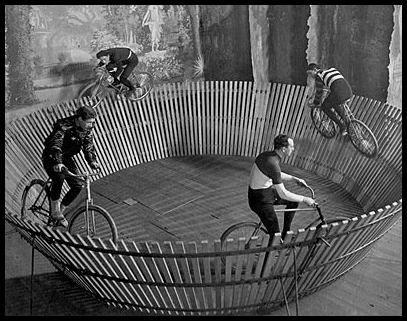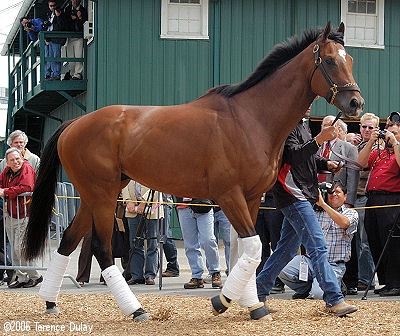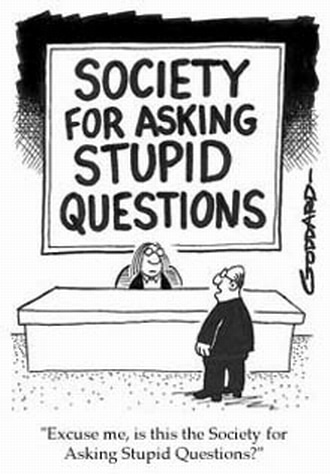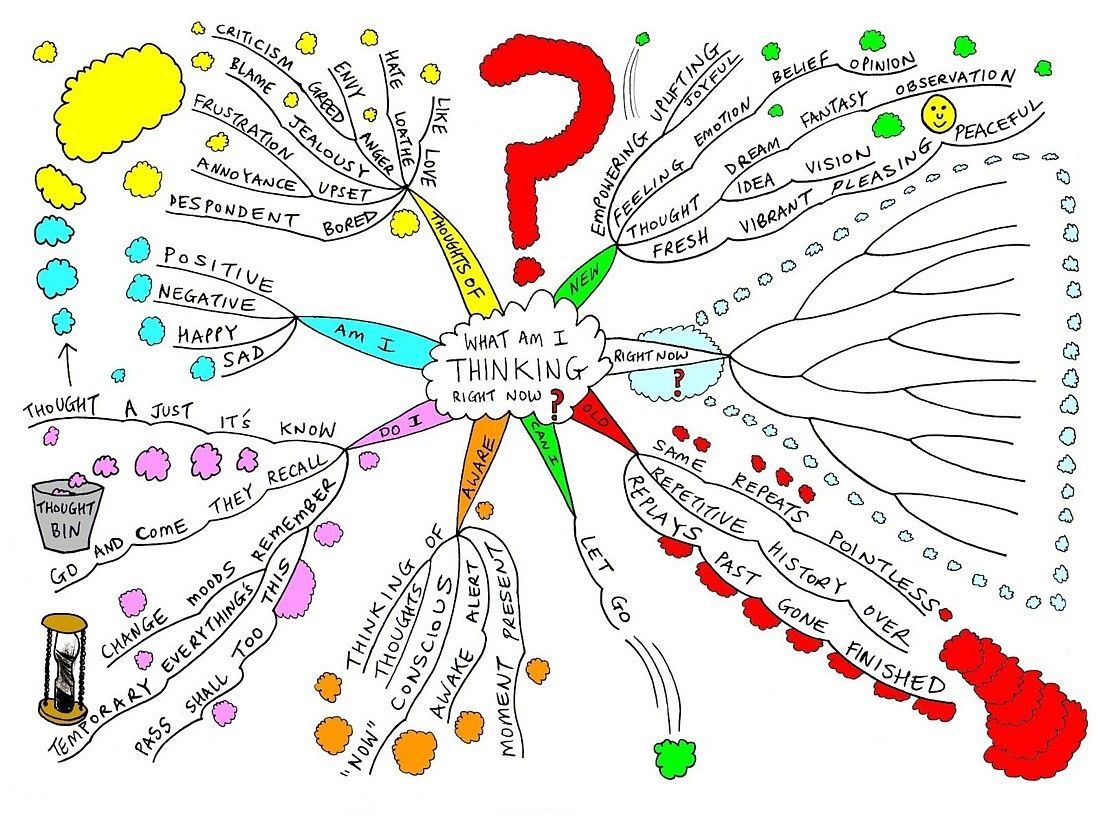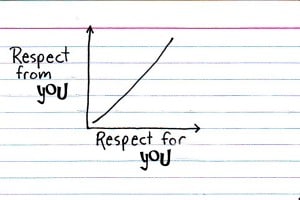 One of the more interesting things – interesting to me anyway – is that generally, in response to posts discussing the lack of evidence for this treatment or that, there are some fairly predictable comments.
One of the more interesting things – interesting to me anyway – is that generally, in response to posts discussing the lack of evidence for this treatment or that, there are some fairly predictable comments.
BY THE WAY: I hope that people have started to notice that the lack of evidence can be a problem for many different treatments, and that I don’t take “sides.” The only “sides” I like to think that I’m on is that of the horse, and of horse people that are constantly being asked to shell out money for things their horse may not need. Hopefully, that’s OK.
Anyway, one of the more common responses to such posts usually goes along the lines of, “I don’t care what the evidence says, or what that dolt says, even with his decades of experience and thousands of horses under his belt, I can see results with my own eyes.”
And I get that. I mean, I don’t really understand why pointing out a lack of evidence makes me a bad guy, or a dolt (or worse), but I get that many people think that they know what is best for their horse, no matter what. But do they?
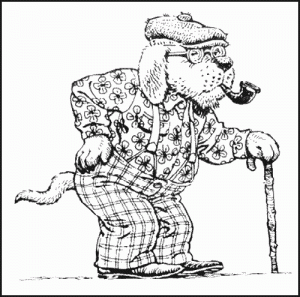 In 2012 there was a fascinating study done in dogs with lameness from osteoarthritis (CLICK HERE to see the abstract of the study). To my knowledge, this same study hasn’t been done in horses, but I can’t imagine that the results would be any different. Heck, lots of horses owners have dogs. I do: two. Heck, who knows, maybe we’re talking about the same people.
In 2012 there was a fascinating study done in dogs with lameness from osteoarthritis (CLICK HERE to see the abstract of the study). To my knowledge, this same study hasn’t been done in horses, but I can’t imagine that the results would be any different. Heck, lots of horses owners have dogs. I do: two. Heck, who knows, maybe we’re talking about the same people.
Anyway, the study was on the placebo effect. But not the placebo effect on dogs. The study was on the placebo effect on the caregivers for dogs with osteoarthritis, a condition which, as you know, is also a major concern for horse owners. What was really interesting was that the study looked at the placebo effect on not only dog owners, but also on the veterinarians examining the dogs.
It was a very well-designed study, having been conducted in accordance with strict standards, and at more than one place (it’s always good to have lots of different places participating in a study). The study looked at lame dogs, and tried to determine the relationship between the responses of the caregivers, and objective measures of lameness. Otherwise stated, it looked at the differences between how owners and veterinarians thought dogs were doing after treatment, and an objective measure of how the dogs were actually doing after treatment (in this case, the objective measure was a force platform gait analysis system that measures how much force the dogs put on their legs when they are moving – the idea is that they put less force on a lame leg).
 So, what did the study investigators find? Well, they found that in almost 40 per cent of the cases, there was a placebo effect on the owner. That is, when dogs were given a treatment that didn’t do anything (placebo), nearly 40% of the time, the owners thought that the treatment was effective. And for veterinarians, it was worse, that is, when veterinarians examined dogs at the walk, or at the trot, or examined them for signs of pain to feeling (palpating) the joint, nearly 45% of the time, the veterinarians were sure that the dogs who received nothing were improved. And, the effect got more pronounced with time.
So, what did the study investigators find? Well, they found that in almost 40 per cent of the cases, there was a placebo effect on the owner. That is, when dogs were given a treatment that didn’t do anything (placebo), nearly 40% of the time, the owners thought that the treatment was effective. And for veterinarians, it was worse, that is, when veterinarians examined dogs at the walk, or at the trot, or examined them for signs of pain to feeling (palpating) the joint, nearly 45% of the time, the veterinarians were sure that the dogs who received nothing were improved. And, the effect got more pronounced with time.
What about the dogs? Well, the dogs remain unchanged. That is, as measured by the force plate, there was no change in the force measured when the dogs’ legs hit the ground. Most of the measurements didn’t change at all. A few of the dogs got a bit better, some got a bit worse, but, overall, there were no changes at all in the dogs.
The changes were in the observers. All of the “improvement” was in the eyes of the owners. Or in the eyes of the veterinarians, (who, among other interests, had a stake in the success of the treatment).
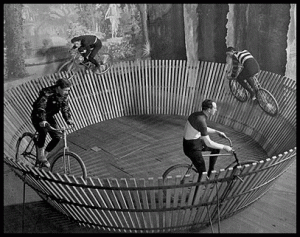 Interestingly, this sort of thing has been noted before, in dogs with osteoarthritis of the hip (CLICK HERE). It’s been seen in cats, who had hip osteoarthritis (CLICK HERE). It’s been seen in horses, too – owners reported a significant effect of a supplement on headshaking horses, when, in fact, no improvement occurred at all (CLICK HERE). And it’s also been my experience (just 3+ decades) that horse owners often see improvement when there really isn’t any. And it happens to veterinarians, too.
Interestingly, this sort of thing has been noted before, in dogs with osteoarthritis of the hip (CLICK HERE). It’s been seen in cats, who had hip osteoarthritis (CLICK HERE). It’s been seen in horses, too – owners reported a significant effect of a supplement on headshaking horses, when, in fact, no improvement occurred at all (CLICK HERE). And it’s also been my experience (just 3+ decades) that horse owners often see improvement when there really isn’t any. And it happens to veterinarians, too.
Of course, the “I’ve seen it work” line of reasoning is incredibly convincing, especially to oneself. And that’s completely understandable. I mean, if you think that you’ve seen results with something, of course, you’re going to continue to do it, use it, whatever. In fact, it would be pretty irrational to do otherwise. If you’re convinced that something “works,” I would never suggest that you should do anything else. Really. That would be unsettling, even it it were more economical. Here’s the thing: I’m not here to tell you that you’re doing anything wrong, I’m just trying to open your eyes to the possibility that what you’re doing may not be necessary.
See, fundamentally, what I really care about is your horse. And what I care about is that your horse have somebody that cares for him (ideally, you, of course). And I also get concerned that if caring for a horse becomes too expensive, or too bothersome, many horses will go without homes. So, in a sense, a lot of my articles are targeted at horse owners who really want to take care of their horses, but don’t necessarily want to take out a loan to do it. Or maybe at those good folks who are taking great care of their horses, but are being made to feel guilty for not “doing everything.” But if you already know everything, or don’t care about how much money you spend, then you probably don’t have much to worry about anyway.
But back to the point of the article. As I said, the crux of the response that, “I know what I’m seeing,” implies, of course, that what you’re seeing is always reliable, and that scientific evidence (or just about anything that contradicts a firmly held opinion) isn’t. And, too tell you the truth, insofar as scientific evidence goes, you’d be right in thinking that science is not infallible. Scientific evidence is not always reliable, for lots of reasons, mostly having to do with the way that the science is conducted, not science itself. That’s a whole ‘nother discussion.
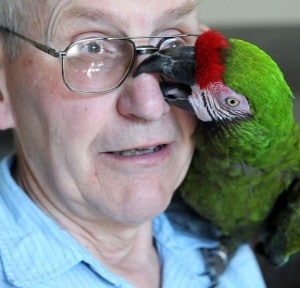
A little bird on your shoulder to give a gentle reminder that you may not know what you’re talking about
If you’re using some product or therapy that doesn’t have much in the way of objective evidence (the list would be pretty much endless), there’s certainly a possibility that the product or therapy has stumbled onto some as-yet-undiscovered mechanism of action that will someday set the veterinary world on its ear. But it’s also possible that you’re seeing with your heart, or that you treated your horse on a bad day and the next day he was a little better for no particular reason at all. And if you’re absolutely confident that you’re right, and that scientific evidence, decades of experience, research and writing, etc., is wrong, then at least please don’t accuse other people with whom you may disagree of not having an open mind. Even so, as right as you may be about the fact that science isn’t always reliable, trusting your eyes can have it’s own problems, too. Otherwise stated, even if you’re pretty sure you can always trust your own eyes, your seat, your horse’s mood, or whatever, a truly open-minded person has to sometimes think, “Can you?”
Still, no matter what, at the end of the day, if you care for a horse, I say, “You’re a wonderful person.” But keep in mind that you may not have to be doing what you’re doing. It might be worth carrying a little bird around on your shoulder who tweets, “Are you sure?” from time to time.

